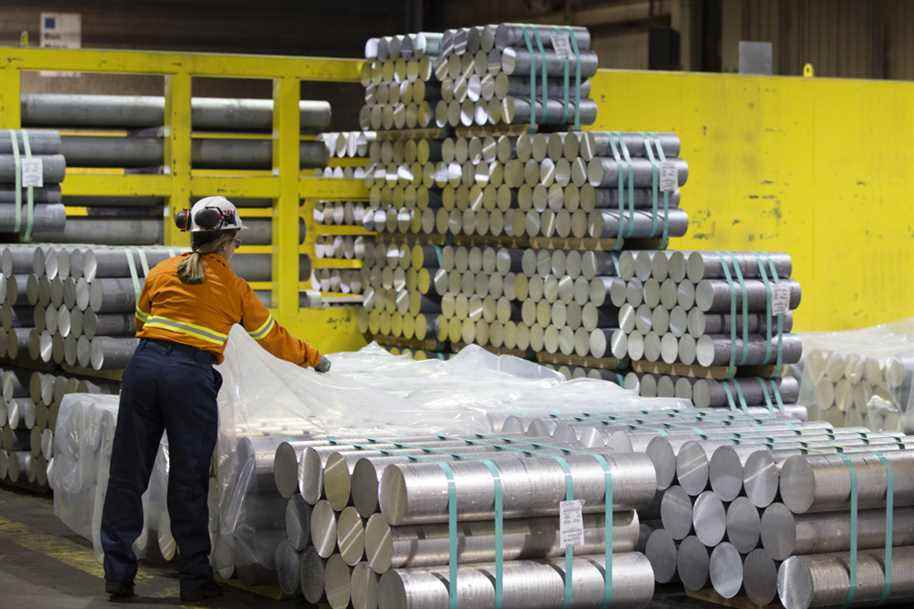The favorable outlook for aluminum finally decided Rio Tinto to increase its aluminum production in Saguenay with an investment of 110 million (87 million US $).
This investment, the first of its kind in nearly a decade, will increase production by 45% at its Arvida plant, which uses new AP60 technology. The announcement was made on site on Wednesday by the new CEO of Rio Tinto’s Aluminum division, Ivan Vella, who was accompanied by Minister of the Economy Pierre Fitzgibbon.
Ivan Vella indicated that other investments could be announced soon. “We are currently evaluating possibilities for additional investments, as we progress in the development of Elysis carbonless electrolysis technology with our partners,” said the manager, who until recently was responsible for the iron industry. at Rio Tinto.
This investment project had been on the cards for the company for several years. It provides for the addition of 16 new tanks which will increase primary aluminum production from 60,000 to 86,500 tonnes per year at the AP60 electrolysis center inaugurated in 2013.
This is a long-awaited announcement in the region, which despaired of the lack of investment by Rio Tinto in Saguenay while the price of aluminum is rising sharply.
The increase in the number of tanks had been planned as soon as the plant was built by Rio Tinto. Its initial project called for its production to gradually increase to 450,000 tonnes per year.
Tuesday, by announcing that the government of Quebec will invest 475 million to help aluminum smelters reduce their environmental footprint, the Minister of the Economy Pierre Fitzgibbon warned that one should not expect an increase in the production of primary metal in Quebec. Investments will be concentrated in technology, he said. “We won’t see a lot of new capacity,” he said.
The Quebec government forecasts that the industry will invest 2.5 billion in Quebec over the next few years.
Maintaining jobs
The planned increase in production from 60,000 to 86,500 tonnes will not increase the plant’s workforce, but it will maintain 100 jobs, Rio Tinto said.
On Wednesday, the company said it will study the possibility of adding even more tanks on the same site. The AP60 technology, developed by Aluminum Péchiney and used since 2013 on a small scale in Saguenay, reduces the polluting emissions associated with aluminum production. According to Rio Tinto, the process generates seven times less greenhouse gases than the industry’s average production.
The AP60 technology and Elysis carbonless electrolysis technology currently in development with Alcoa in the Sahuneay are seen as future avenues by Rio Tinto.
Rio Tinto wants to “strengthen its leadership position in the production of low carbon aluminum made from hydropower,” said Ivan Vella.
The new tanks will be installed in the existing building and the increase in production will not require additional electricity supply. Work is expected to start in spring 2022.

